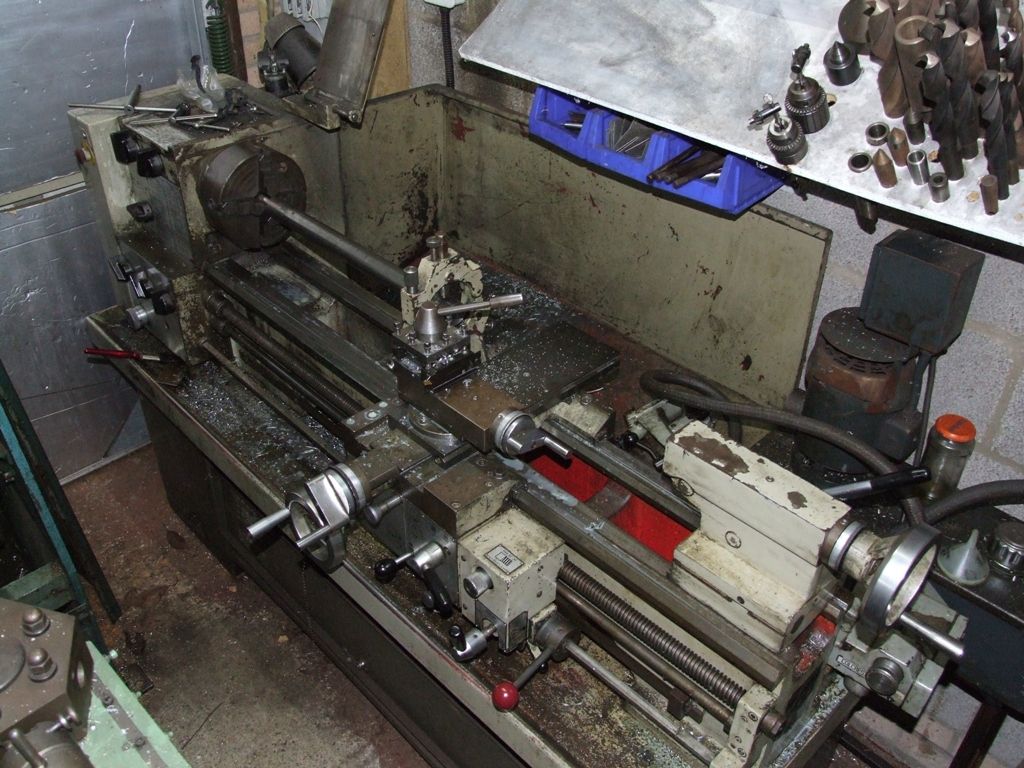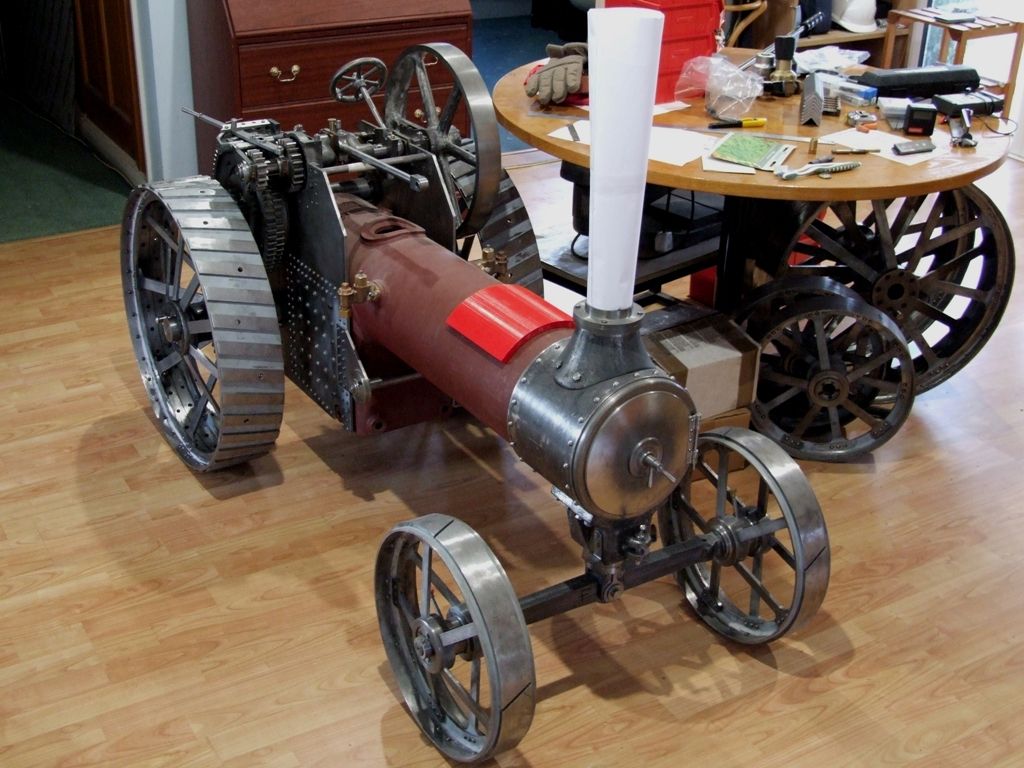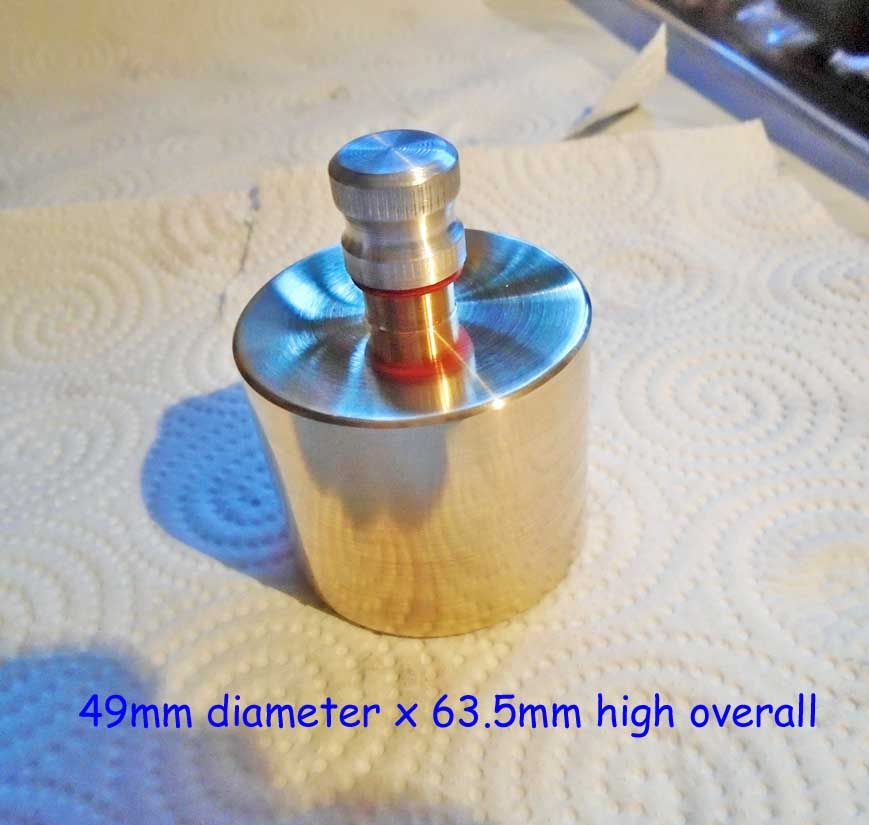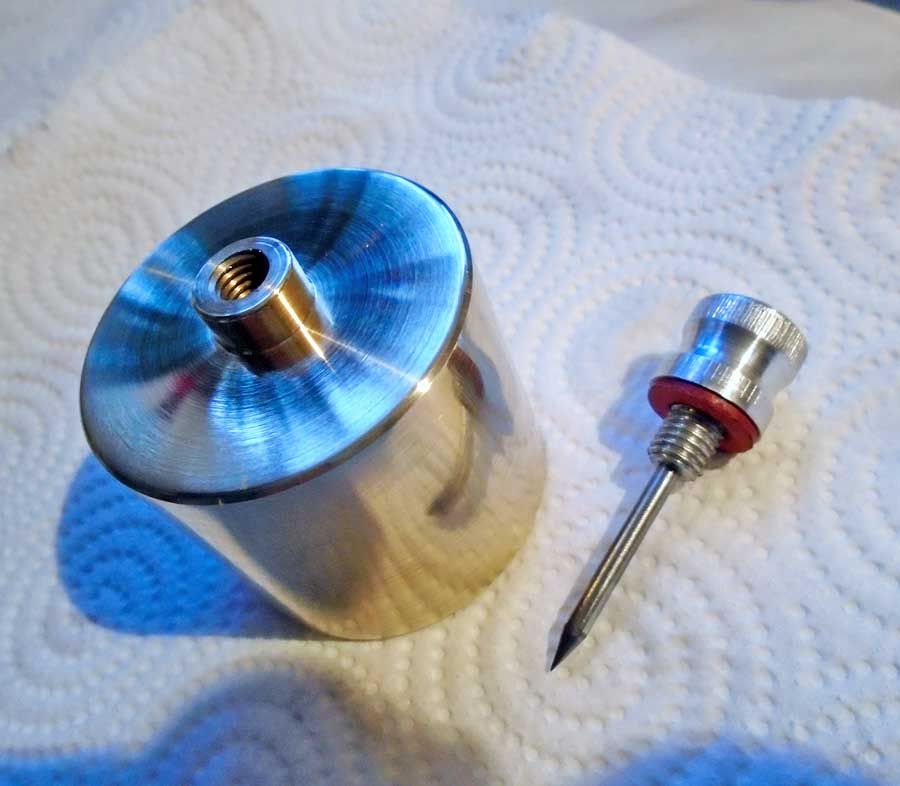Our Dorset Council tips use a single skip for all metals: I assume the refiners have some method for separating it all. To be fair, it is easier to do that: we know one metal from another but I doubt many householders have that knowledge. It's all just "metal" to them.
There used to be a big scrap-yard near Weymouth, taking at least as much industrial and trade scrap as vehicles, if not more (it tended to leave vehicles to the more specialised breakers in the area). It had a very simple, gas-fired, open furnace for producing aluminium ingots for selling on as a mixed aluminium-alloy, but free of non-aluminium screws, bushes etc. It also compacted the metal into much more convenient forms for transport and refining.
A while back I took some scrap electrical cable and equipment to another yard, where they were pleased to see I had burnt the insulation off. Pollution apart, that oxidises and dirties the copper, devaluing it. The scrap-dealers have cable-stripping machines to split the sheath from the metal.
;;;
What Did I Do Today?
Started making a very tongue-in-cheek Christmas present for a dear friend, Alison, who has a curious habit of cutting any slice of cake into very small cubes.
So having gently teased her a few times about that, I set out to make a "Little Wonder Cake Square", as I called it on the "Congratulations! You are now the proud owner of…." waffle-cum- Instruction-sheet to be packaged with it.
It will be a simple T-square with a scale along the blade, for marking out rectangular cakes, flapjacks etc; and inverted, two cylindrical buttons to give it a centre- and diameter- marking feature for cylindrical bakes. It will work: I took a lot of trouble to set out the blade and its scale accurately, using the milling-machine's DRO; but the utensil is intended humorously and I doubt very much that Ali will actually use it!
Having pondered how to engrave the lines, and considered a V-tool in the Drummond manual shaper to join the dots made by a centre-drill, eventually I used an old centre-drill – one end broken, the other past its best – as a makeshift engraving-cutter, making grooves <0.01" deep by very cautious cross-feeding on the mill, between the said drill-pops.
Blade: stainless-steel sheet, a shelf support from a scrapped chilled-food cabinet. Stock: an off cut of hardwood. Buttons: Nylon rod. Plus a couple of stainless-steel, M5 screws.
Divisions. Well, since Ali's hobbies include riding, and she used to own two horses; the scale can only be in Hands. It is two Hands long, divided into Halves, Quarters and Eighths thereof. I will stamp the word "HAND" on the surface – if satisfactory in testing on an offcut – but I won't risk spoiling it by trying to stamp numbers it does not really need, on a very simple scale with lines of appropriately different lengths.
Accuracy? I calculated the dividing is within +/- 0.00125 Hand.
I finished the bulk of the blade's machining by tea-time. This evening? Considered the material for the stock: a block of wood already a suitable size, or cutting it from a broken hard-wood bread-board (kept as hard-wood stock!). Then composed – or concocted – the publicity/instruction-sheet for the Cake Square.
 Steviegtr.
Steviegtr.













